
Written by: Mike Martin | Updated October 16, 2023
Start your tastycrypto education here. 🍒

It all begins and end with blockchain technology. Learn the basic of distributed ledgers in this lesson!

Cryptocurrency represents any blockchain-based currency secured by cryptography.

Self-custody wallets put you in control of your crypto. They also allow you to connect to Web3 apps and DeFi.

Bitcoin is the largest blockchain in existence. In this lesson, we’ll teach you everything about crypto’s OG.
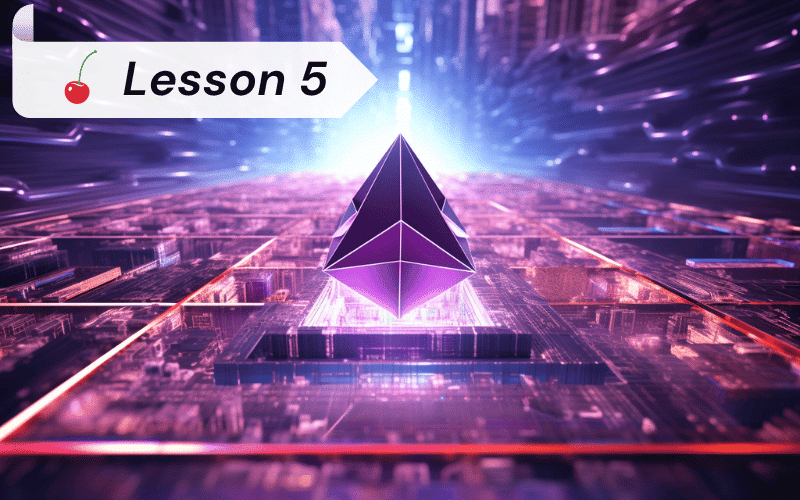
Ether (ETH) is the native coin of Ethereum. Unlike Bitcoin, Ethereum can run code in the form of smart contracts.

An NFT is a non-fungible token stored on a blockchain network. They represent unique digital assets.
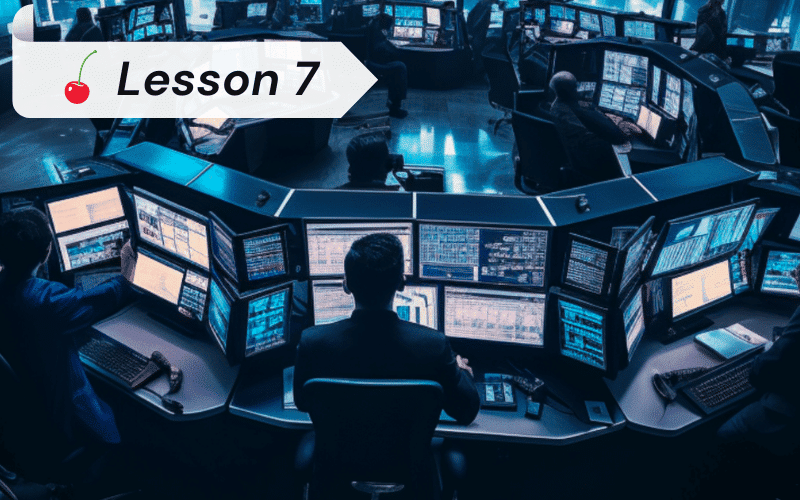
Slippage is the difference between the anticipated and actual fill price of a crypto trade.

Leverage trading refers to the process of borrowing funds in order to increase long or short exposure.

In this glossary, we review all of the important terms in both crypto and blockchain. Keep it handy!

Decentralized finance (DeFi) refers to all Web3 applications that are built atop a blockchain network.

In order to transact on Ethereum, you need to pay gas fees. In this lesson, we show you how gas fees work.
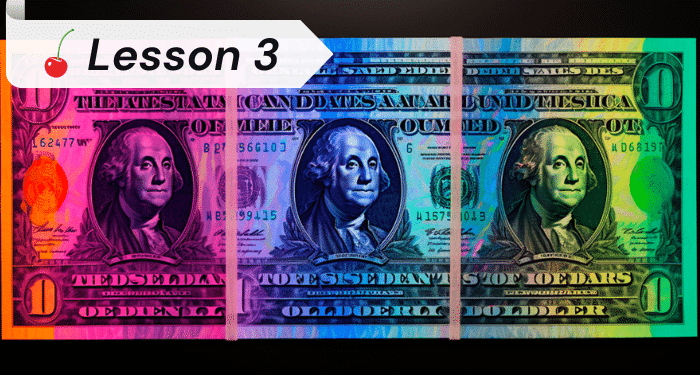
Stablecoins are a type of cryptocurrency that peg their price to other assets, such as the US Dollar.

Smart contracts represent self-executing code. These digital contracts run DeFi and all of Web3.

In order to access DeFi with the tastycrypto wallet, you’ll need to connect to dApps with WalletConnect.

A dApp (decentralized application) represents any platform powered by a decentralized blockchain.

A decentralized exchange (DEX) is a peer-to-peer marketplace that connects buyers and sellers to liquidity pools.

A liquidity pool is cryptocurrency locked in a smart contract. These pools provide liquidity for decentralized exchanges.

Automated market makers (AMMs), facilitate the exchange of crypto using liquidity pools rather than order books.

Staking is the process of receiving rewards for locking crypto in a blockchain in order to secure a network.

Liquid staking refers to the process of using staked crypto as collateral to invest on other protocols.

DeFi options refer to all options that are powered by platforms that operate on blockchain technology.

Perpetual futures are alot like normal futures, except they run on blockchains and never expire.

DeFi lending refers to the act of borrowing and lending crypto on blockchain-based platforms.

Bridges allow crypto participants to transfer their digital assets across different blockchains.
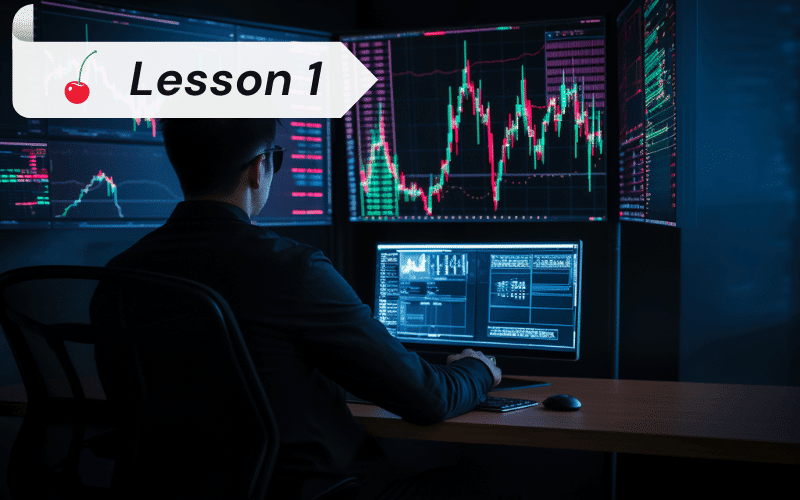
In this lesson, we dive into the rationale behind investing in cryptocurrency and other digital assets.
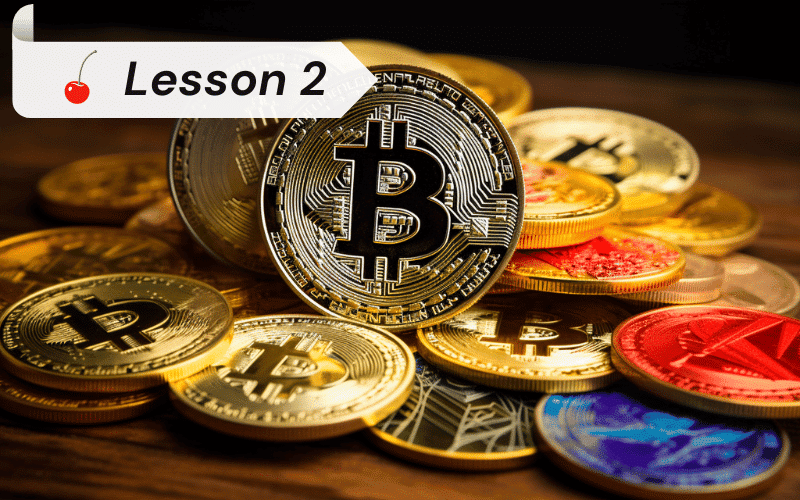
Diversify your crypto by investing in a variety of coins and tokens across different projects and market caps.

In this lesson, we review basic fundamental research principles to help you in your crypto investment journey.

There are tons of free resources available to crypto traders/investors, you just need to know where to look!

Crypto whitepapers are crucial documents that present essential details about a crypto project.
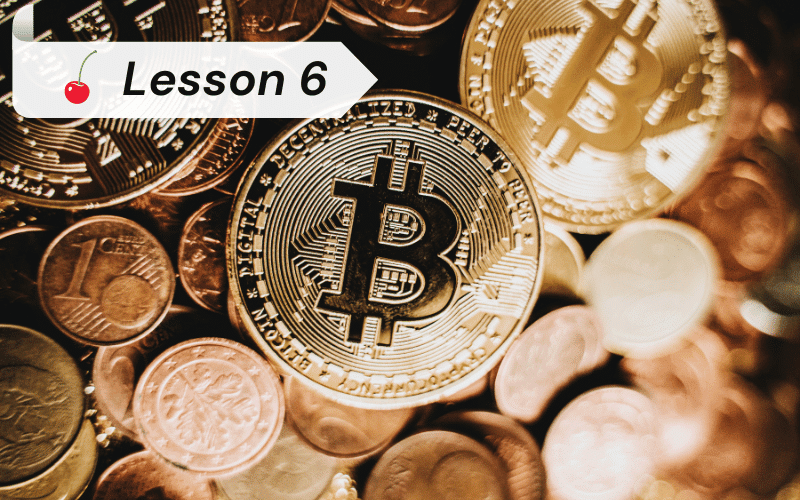
Here’s why we believe bitcoin (BTC) is a legit store of value and should have a place in your portfolio.

Mike Martin formerly served as the Head of Content for tastycrypto. Before joining tastycrypto, Michael worked in the active trader divisions of thinkorswim, TD Ameritrade, and Charles Schwab. He also served as a writer and editor for projectfinance.
Michael has been active in the crypto community since 2017. He holds certifications from Duke University in decentralized finance (DeFi) and blockchain technology.




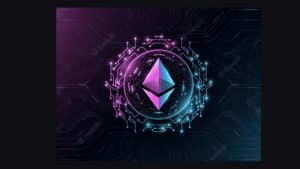

*By submitting your email, you are agreeing to receive promotional emails from tastylive, Inc. and tasty Software Solutions, LLC. Unsubscribe at any time by clicking the link included in each promotional email.